Top 10 Production Cars That Look Nothing Like Their Concepts

Some concept cars are like movie trailers: they get you excited, but the real thing leaves you disappointed.
There have been numerous times throughout automotive history where a concept car builds anticipation for the production model. That is after all, the point of many concept cars. But sometimes, something gets lost in translation and the production model hardly resembles the concept.
SEE ALSO: Top 10 Production Cars That Look Just Like Their Concepts
Check out the top 10 production cars that look nothing like their concepts below.
Nissan Sport Concept / Versa Hatchback
Bowing at the 2005 New York Auto Show, the Nissan Sport Concept appeared to be a hot hatch with a sporty appearance aimed towards entry-level shoppers. It featured aggressive styling with wide fenders, carbon-fiber components and even 20-inch wheels. To further reinforce its sporty intentions, Nissan gave the interior four-point NISMO seat belts, a three-spoke steering wheel and aluminum pedals.
Unfortunately the Nissan Sport Concept resulted in the Nissan Versa Hatchback, a model that hardly anyone would see as a sports car. With a 1.6-liter four-cylinder engine generating just 109 horsepower, the Versa is meant for those looking to save gas, returning 31 mpg in the city and 40 mpg on the highway.
Scion iM
When the Scion iM Concept first debuted at the 2014 L.A. Auto Show, it looked like the right model to rejuvenate the brand. With aggressive styling and fancy, aftermarket wheels, the iM appeared to be a new platform for tuners to customize. But then the production model debuted, with toned-down styling and looking a lot more like the Toyota Auris it is based on. Not even two years has passed since the iM Concept debuted, and Toyota has decided to kill off the Scion brand, rebadging the iM as a Corolla trim.
Toyota Prius c
At the 2011 Detroit Auto Show, Toyota previewed the expansion of its Prius lineup, with a Prius MPV, a plug-in hybrid Prius and the Prius c Concept. The Prius c Concept drew a lot of attention, with futuristic and arguably attractive styling, especially since the Prius wasn’t exactly an exciting car to look at in 2011. But when the production Prius c arrived, very little of it resembled the concept. Its design was revised significantly, looking more like what you would expect with an entry-level compact hybrid rather than something that would appeal to younger buyers.
Pontiac GTO
Bowing at the 1999 Detroit Auto Show, the Pontiac GTO Concept was meant to pay homage to one of the greatest muscle cars ever created. Sporting modern styling with retro cues, the production Pontiac GTO looked nothing like the concept when it arrived a few years later. That’s because the Pontiac GTO that arrived in the U.S. was actually based on the Holden Monaro and its presence was short lived in the U.S.
Saturn Sky
One of the concepts that arguably looked better in production form was the Saturn Sky. First shown at the 2002 Detroit Auto Show, the Saturn Sky Concept has a bit of a Bugatti Veyron look to its front end, with a more bubbly roadster design akin to the Audi TT. But the production model was much different, arriving several years later as a 2007 model. The American automaker decided to abandon the curvy design for something featuring more straight edges and angles, with the side and rear end resembling a small Corvette rather than a futuristic luxury roadster.
Dodge Avenger
Unveiled at the 2003 Detroit Auto Show, the Dodge Avenger Concept had a bold, muscular and high-riding design that appeared more like a crossover than a traditional sedan. And maybe the idea was ahead of its time, as the American automaker brought out another Avenger Concept three years later, looking much more like the production Avenger that eventually arrived at dealerships.
Jeep Commander
The Jeep Commander Concept bowed at the 1999 Detroit Auto Show and was based on the then-all-new Jeep Grand Cherokee. The concept was designed to look like a bigger, more stout Grand Cherokee but the production model turned into an awkward boxy design that lacked the same curves and stance the concept had. The Jeep Commander Concept was also designed to be aerodynamic and sleek, which makes it more strange that the production model got rid of many of those aerodynamic design features when it turned to a sharper, more square design.
Chevrolet Corvette Stingray
With such a rich history, each generation of the Chevrolet Corvette is met with great anticipation by enthusiasts. First introduced at the 2009 Chicago Auto Show, the Corvette Stingray Concept starred in the movie Transformers: Revenge of The Fallen as Autobot Sideswipe and was meant to represent a modern interpretation of the past, present and future of the Corvette nameplate. As we all know now, the Stingray nameplate was revived for the current-generation Corvette, but very little from the wild concept made its way to production. Then again, things always get turned up a notch for Hollywood.
Chevrolet Volt
It may seem so long ago, but the 2007 Detroit Auto Show was when Chevrolet first showed off the Volt Concept, previewing a plug-in hybrid model that is now in its second generation. The Volt was the first-ever series plug-in hybrid concept car by a major automaker, and while the idea of its powertrain lived on in the production model, the concept’s styling did not. Chevrolet opted for something more traditional and tame when it unveiled the production Volt a year later. The company said many of the styling changes were necessary to reduce the concept car’s high drag coefficient as well as accommodating the Delta II global compact vehicle platform.
Subaru WRX
Although the production Subaru WRX doesn’t exactly look nothing like its concept, its debut might be one of the most disappointing in recent years. When the Subaru WRX Concept first bowed at the 2013 New York Auto Show, sports car enthusiasts were so excited for its low, wide and aggressive design. But even then, the Japanese automaker cautioned that the WRX Concept was a design study, but that didn’t stop everyone from hoping most of its design would carry over.
Unfortunately when the production model debuted at the 2015 L.A. Auto Show, you could feel the disappointment throughout the entire L.A. Convention Center. The styling got so toned down that instead of looking like an attractive sports car, the WRX looked like your standard grocery getter, sporting four doors and slightly sportier styling than say, a Camry. But what the WRX Concept really did was make most people ignore future Subaru concepts, believing that the production model won’t even resemble the attractive styling of the concepts.

Jason Siu began his career in automotive journalism in 2003 with Modified Magazine, a property previously held by VerticalScope. As the West Coast Editor, he played a pivotal role while also extending his expertise to Modified Luxury & Exotics and Modified Mustangs. Beyond his editorial work, Jason authored two notable Cartech books. His tenure at AutoGuide.com saw him immersed in the daily news cycle, yet his passion for hands-on evaluation led him to focus on testing and product reviews, offering well-rounded recommendations to AutoGuide readers. Currently, as the Content Director for VerticalScope, Jason spearheads the content strategy for an array of online publications, a role that has him at the helm of ensuring quality and consistency across the board.
More by Jason Siu




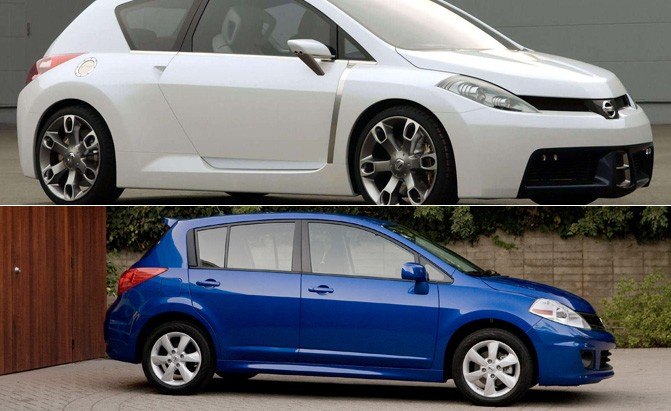






















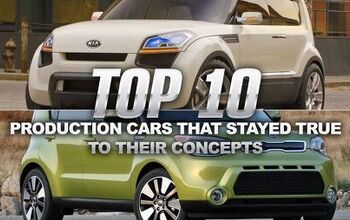
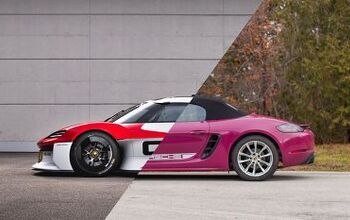






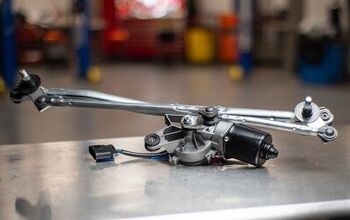
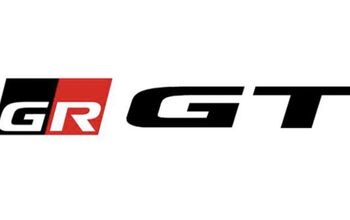
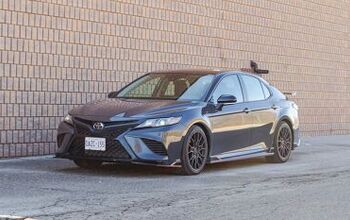
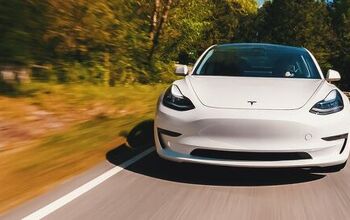



Comments
Join the conversation
The first couple actually look very close to the production models. How about the '99 Charger concept compared to the production model.
Subaru is the obvious and repeated offender when it comes to this cardinal design sin, but in recent years you can add most new models from Honda, Mazda, Toyota, Nissan, Buick, Lincoln, Chevrolet, Kia, LandRover, Porsche, to the list of serial design offencers -- every new or redesigned vehicle from these companies comes with inspired and exciting concepts, only to be produced in an insipid, bland, cheap, styleless form. Though there are many arguments for taking off unreliable gull-wing doors (what are you thinking Elon?!?), 22" wheels (most buyers wouldn't want the added cost of new tires, though they look great on larger vehicles), carbon fibre (when will the added cost pay for itself with fuel savings), but in the end the concept is a stunning work of art which is then shredded repeatedly by engineers and accountants until nothing remains of the artwork but the name.